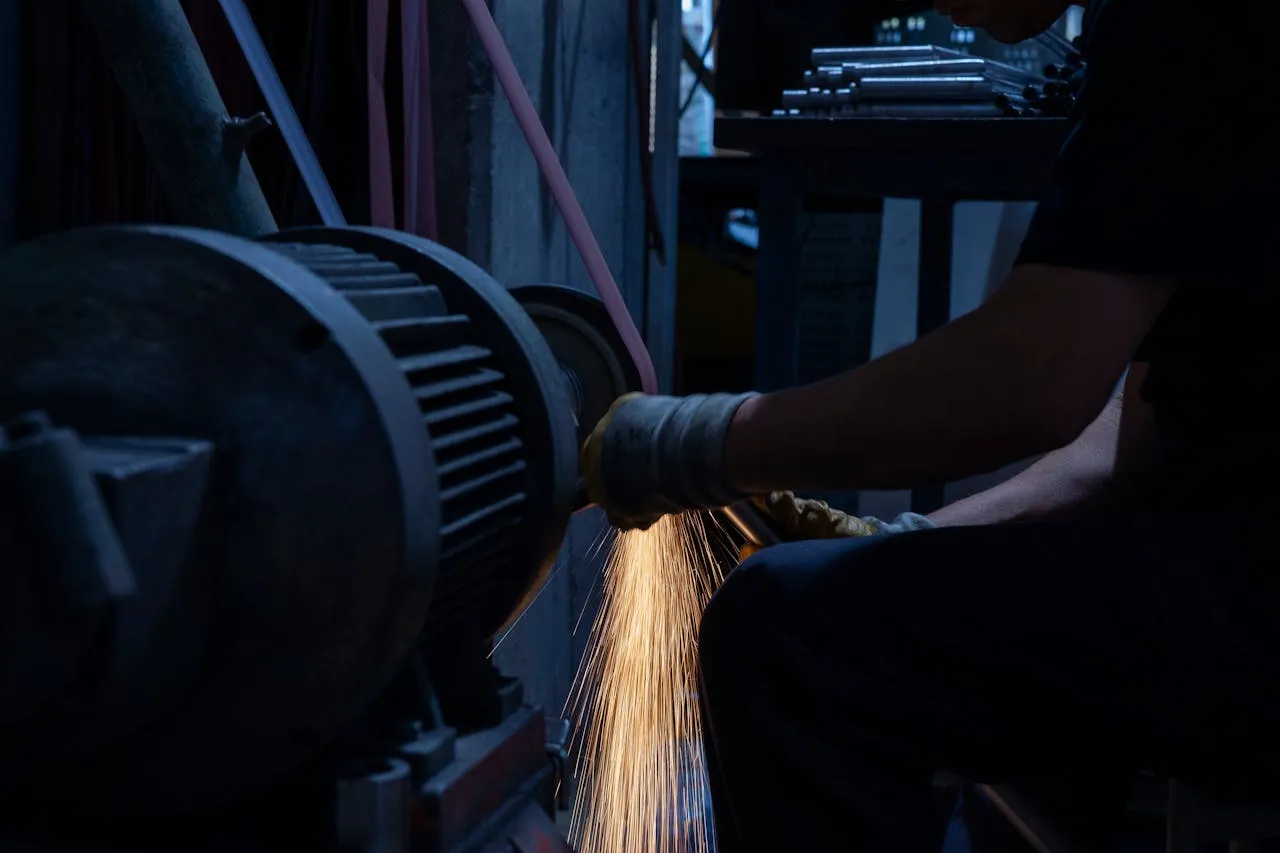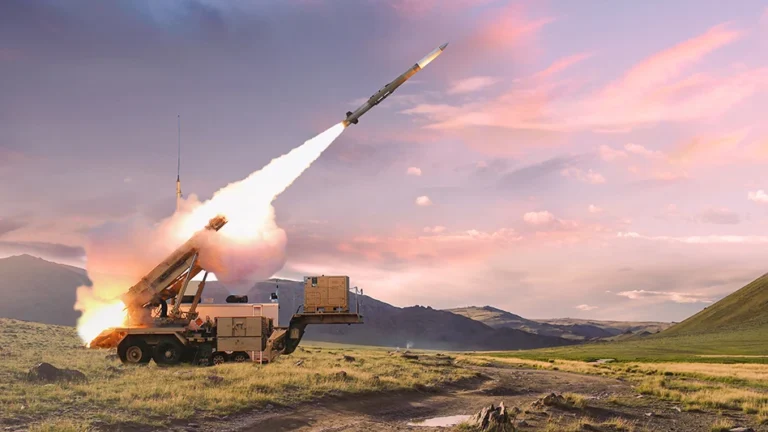
Atomera, a semiconductor materials and technology licensing company, has announced a user project at the Center for Integrated Nanotechnologies (CINT) at Sandia National Laboratories, part of the Department of Energy’s Office of Science. This initiative focuses on overcoming the challenges of growing Gallium Nitride (GaN) films on Silicon (Si) substrates. The project aims to produce the world’s first GaN transistors and to test data from wafers utilizing Atomera’s Mears Silicon Technology™ (MST®). It will build upon the material-level improvements already observed with GaN/MST on Silicon wafers.
Atomera’s MST offers a significant opportunity to enhance GaN on Si manufacturing, delivering speed, efficiency, and cost-saving advantages across various industries, including electronics, RF/microwave electronics, and MicroLEDs. This user project will rapidly evaluate the effectiveness of the MST solution using CINT’s specialized tools and technology, while also granting Atomera access to our team of scientists and researchers,” stated Jeffrey Nelson, director of CINT.
Most GaN devices have been heteroepitaxially grown on sapphire, silicon carbide, or Si substrates due to the limited availability and size of native substrates. While each of these materials has demonstrated impressive performance, only Si substrates provide a clear pathway to larger wafer sizes, lower costs, and compatibility with established CMOS fabrication processes. However, significant challenges, such as wafer warping and cracking, arise from growing thick GaN films on Si (GaN/Si), particularly at larger wafer sizes.
Over the past 25 years, GaN has revolutionized multiple industries, including lighting, RF/microwave, and power electronics. Yet, manufacturing limitations have impeded the broader adoption of GaN for modern power electronics,” said Shawn Thomas, vice president of Marketing & Business Development at Atomera. “This user project with Sandia Labs will enable Atomera to fabricate devices and gather data to validate the mechanical and electrical advantages of MST-enhanced GaN on Si.
Managing stress is crucial when growing thick GaN epitaxy on Si. Currently, commercially available GaN on Si power electronics devices are limited to approximately 650V ratings due to the maximum epitaxial thickness (and resulting breakdown voltage) achievable on Si without causing excessive wafer curvature, micro-cracking, or poor yield. MST has the potential to improve GaN epitaxy growth on Si substrates by relieving biaxial tensile stress.
For more information about MST and Atomera’s offerings, please visit www.atomera.com.




